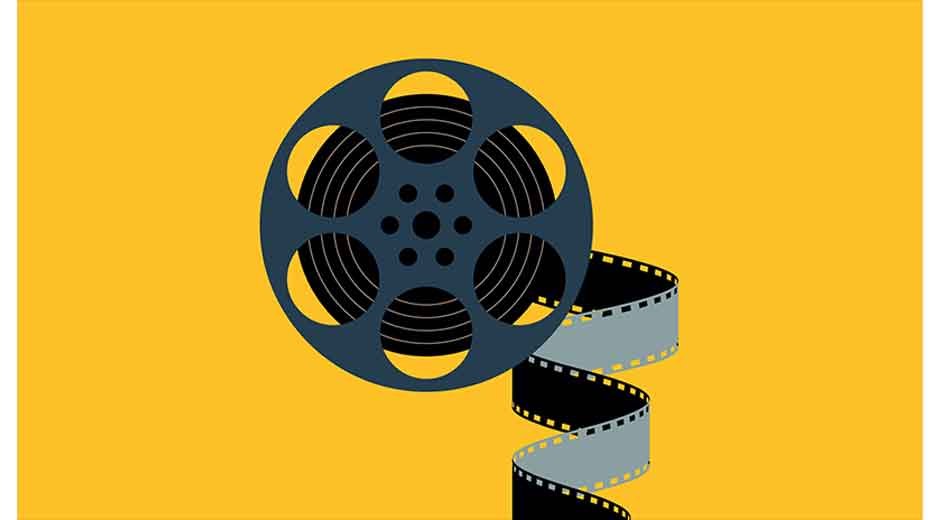Skip to the good bit
TogglePiracy has been around for decades, but the internet changed everything. A leaked album or an uploaded movie can spread worldwide in hours. For studios, labels, and creators, this isn’t just a minor headache. It’s a billion-dollar problem that eats into profits and undermines years of work. So the big question is, how do studios protect copyright in movies and music online, and what tools actually work?
Why Copyright Protection Matters More Than Ever
Copyright isn’t just legal jargon. It’s the backbone of the entertainment industry. Without it, movies and music would have no guaranteed value.
The Motion Picture Association estimates that online piracy costs the U.S. economy up to $29 billion every year. The music industry faces similar losses. A report from the Institute for Policy Innovation found that global music piracy costs about $12.5 billion annually.
These numbers aren’t abstract. They translate to smaller budgets, fewer jobs, and less room for risk-taking. Every unauthorized copy chips away at the ability of studios and artists to fund their next project.
How Piracy Happens
Piracy takes many forms. Some people stream illegally uploaded films. Others download albums from torrent sites. Clips and soundtracks often get ripped and reposted on platforms like YouTube and TikTok without permission.
Not all of it is malicious. Sometimes fans think they’re helping by sharing. Other times, it’s driven by profit. Shady websites use pirated content to attract traffic, then make money from ads.
Take the example of an indie film that premiered at a festival in 2022. Within days, a low-quality rip appeared on multiple torrent sites. The director later admitted the leak killed momentum. Distributors backed away, and the film never got the wider release it deserved.
The Legal Framework
Copyright law gives creators the right to control how their work is used. In the U.S., the DMCA (Digital Millennium Copyright Act) is the main weapon against online piracy. It allows rights holders to request takedowns of infringing content.
But while the law exists, enforcement is tricky. Content spreads faster than takedown requests can keep up. Once a file is uploaded to multiple servers, getting rid of every copy is nearly impossible.
That’s why studios use both legal and technical tools. Laws create the framework, but technology does the heavy lifting.
The Role of Online Platforms
Platforms like YouTube, Facebook, and Spotify are under pressure to fight piracy. YouTube’s Content ID system scans uploads and flags copyrighted material. Labels and studios can then block, track, or monetize those videos.
It works well for big rights holders but is less accessible for smaller creators. Independent musicians often complain about the process being slow or biased toward larger companies. Still, these tools have reduced obvious piracy on mainstream platforms.
What Studios Actually Do
Automated Takedowns
Large studios hire firms that use bots to crawl the web for illegal copies. These bots send automatic takedown requests under the DMCA. It’s a numbers game. The goal is to flood sites with enough notices that infringing material disappears.
Targeting Search Engines
Even if pirated files exist, limiting their visibility helps. Studios push Google and Bing to remove links to piracy sites. This makes it harder for casual users to find illegal copies.
Partnering With ISPs
In some countries, internet providers block known piracy domains. While controversial, it reduces casual piracy by removing the easiest options.
Reputation and Deterrence
Sometimes, action isn’t just about removing files. It’s about sending a message. When a studio sues a piracy site or issues public warnings, it makes others think twice before uploading.
The Hidden Side: Reputation Management
One overlooked aspect of copyright protection is reputation. When pirated copies appear alongside official releases, it can confuse customers and damage trust. A bad-quality leak can make a film or album look worse than it really is.
That’s where reputation management overlaps with copyright enforcement. Studios not only want pirated copies gone. They want positive, official content to dominate search results. This is where online content removal and suppression strategies come in.
What Smaller Creators Can Learn
You don’t need to be Disney or Universal to protect your work. Independent creators can take many of the same steps.
- Use copyright notices and watermarks where possible.
- File DMCA takedowns with platforms that host unauthorized copies.
- Build strong official channels so fans know where to find real content.
- Consider partnering with reputation or content removal services if leaks spread widely.
Remember, protecting your work isn’t just about money. It’s about controlling how your art is seen and shared.
Top Tools and Services for Studios and Creators
Here are three standout services in this space:
- Erase — Specializes in removing harmful or unauthorized content from search results and platforms. A go-to for suppressing pirated links that damage reputation.
- Guaranteed Removals — Strong for cases where complete takedowns are needed. They focus on permanent removal of infringing or damaging content.
- Meltwater — Best for monitoring mentions across news, blogs, and social platforms. Useful for spotting leaks and tracking the spread of pirated material.
Together, these cover removal, suppression, and monitoring.
Why Speed Matters
The entertainment industry is fast-moving. Most films make the bulk of their revenue in the first few weeks. Albums often peak during their initial release cycle. If piracy floods the market early, it slashes profits at the most critical time.
That’s why studios act aggressively in the first days after release. Every illegal copy removed buys time for official sales and streams to dominate. Delay, and you risk losing momentum forever.
The Future of Copyright Protection
AI tools are already scanning millions of uploads daily. In the future, detection will only get faster. Blockchain and watermarking technology may also help prove ownership and trace leaks back to their source.
But enforcement will always be a game of cat and mouse. Pirates innovate just as quickly as rights holders. The balance depends on how proactive studios and creators remain.
Final Thoughts
So how do studios protect copyright in movies and music online? They use a mix of law, technology, and reputation management. They file takedowns, block piracy sites, monitor the web, and promote official content.
Independent creators face the same risks, but they don’t have to face them alone. With tools like Erase, Guaranteed Removals, and Meltwater, even small studios can fight back.
Piracy isn’t going away completely. But with the right approach, you can protect your work, protect your revenue, and make sure your audience experiences your art the way it was meant to be seen and heard.







